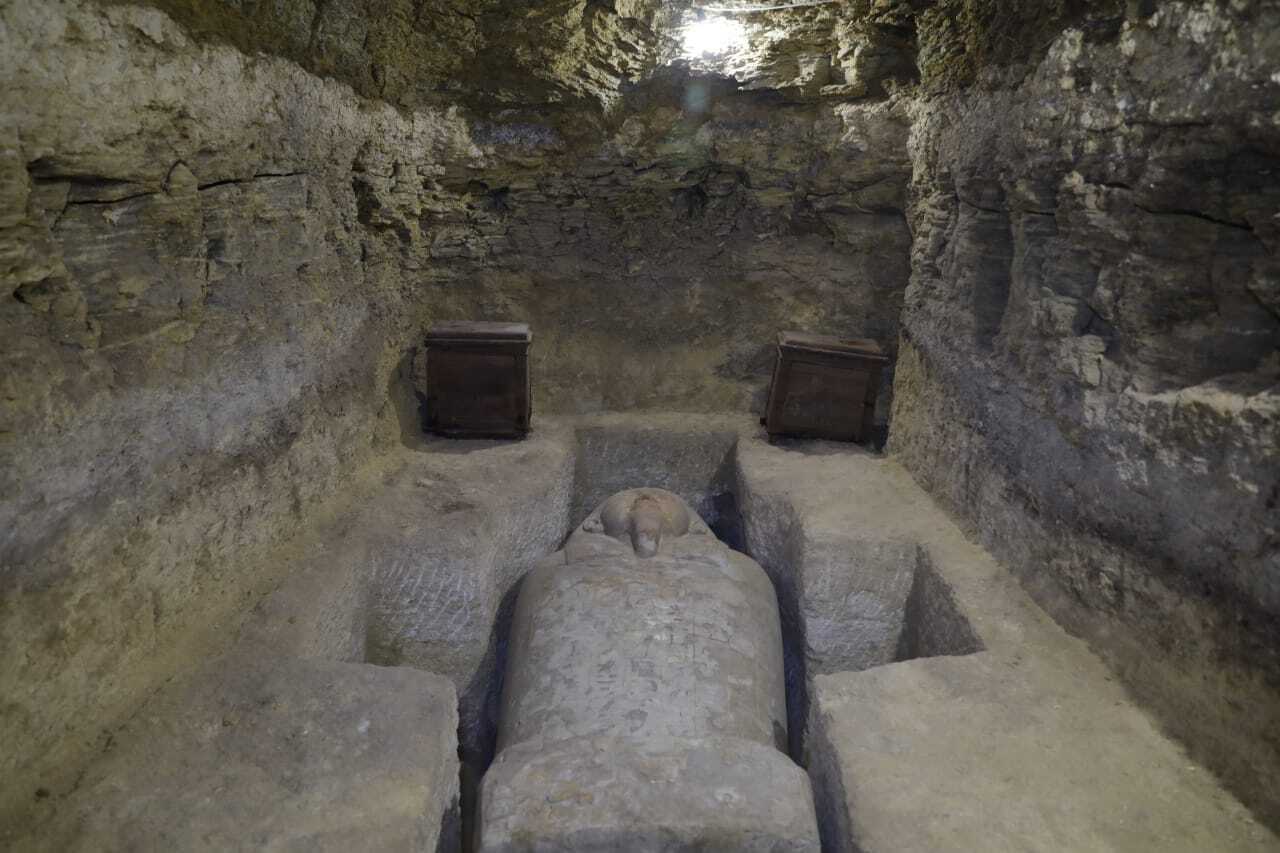A collaborative effort between Spanish and Egyptian archaeologists has led to the discovery of tombs from the Coptic era in the Minya governorate of Upper Egypt.
Excavations were conducted by the University of Barcelona and the Supreme Council of Archaeology, which discovered 22 tombs from the Persian, Roman and Coptic periods at the Al-Bahnasa archaeological site.
Al-Bahnasa, also known as Oxyrhynchus, was first excavated in 1897 by the papyrologist, Arthur Surridge Hunt, and the Egyptologist, Bernard Pyne Grenfell. Their excavations revealed thousands of papyri written in Greek from the Roman period, a substantial number of which are now housed in the Ashmolean Museum in Oxford, England.

Over the past century, the site has been ransacked by looters and treasure-hunters, for which many artefacts now in private collections and public museums have been identified as originating from Al-Bahnasa.
During the recent Spanish-Egyptian archaeological mission, 6 funerary complexes have been uncovered that date from the Roman and Persian period, while 16 individual tombs belong to the Coptic-Byzantine period.
The Coptic period defines Late Roman Egypt (3rd−4th centuries AD) and Byzantine Egypt (4th−7th centuries AD). This era shows a religious shift in Egyptian culture to Coptic Christianity from ancient Egyptian religion, until the Muslim conquest of Egypt in the 7th century AD.
Many of the Roman tombs are built using limestone and were found with the lids missing, suggesting that they were likely robbed sometime during antiquity. As for the Coptic-era tombs, they are a rectangular in shape and contain burials which are covered with decorated shrouds.
Mostafa Waziry, secretary general of the Supreme Council of Antiquities, said: “It has been a very interesting season due to the numerous and unprecedented archaeological findings and the new scientific hypotheses raised”.








